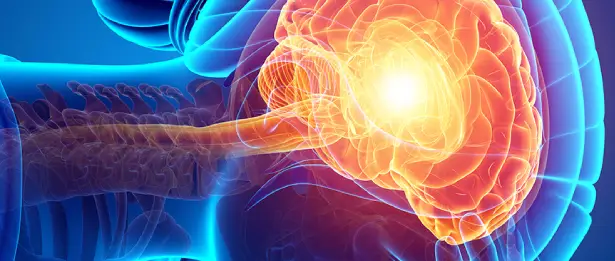Interventional Neuroradiology

It is a medical subfield that includes minimally invasive interventions using imaging methods for the diagnosis and treatment of diseases related to the nervous system and vessels. Radiologists who specialize in this field have received special training and usually have experience in vascular surgery and neurosurgery.
Interventional Neuroradiology at Liv Hospital
In Liv Hospital Interventional Neuroradiology Clinic, angiography method is mostly used in this process. It enters from the groin and goes through the vein to the brain, reaching the veins at the farthest points of the brain, and treatment of problems here can often be possible with the interventional neuroradiology method. Interventional neuroradiology can be considered under two headings: diagnostic and therapeutic.
Diagnostic Interventions
Biopsy accompanied by imaging methods; In some pituitary tumors, hormonal examination is performed by entering the inguinal veins with a catheter and taking blood samples bilaterally from the point where the venous blood of the pituitary is discharged; It includes procedures such as making a definitive diagnosis and detailed examination of vascular diseases in the areas of interest by performing angiography.
Interventions for Treatment
Intravascular treatment of aneurysms with a catheter (embolization), treatment of A-V malformations in the brain vessels, intravenous treatment of fistulas (short circuits) between brain arteries and veins, occlusion of the vessels of some head and neck region and brain tumors in preparation for treatment/operation, head and neck region and It even includes the treatment of vascular diseases called hemangiomas, which are also seen in other parts of the body, by administering medication both intravenously and by injection accompanied by imaging.
Experience and Expertise are Very Important in Treatment
In addition, the stenosis of the main vessels in the neck and the vessels in the head can be opened by applying balloons and stents, the treatment of life-threatening vascular constrictions in the brain vessels, especially in SAH-shaped brain hemorrhages, with catheters, and the risk of paralysis or death of the patient by opening the sudden vascular occlusions in acute stroke cases under emergency conditions.
There are also processes such as elimination. In addition, vertebroplasty and some interventions for pain treatment in spinal fractures are also intensively performed in some neuroradiology clinics. The most frequently applied procedures in daily practice are; Embolization in cases of cerebral vessel aneurysm, A-V malformation, A-V fistula and tumor cases, and stent treatment of stenosis of carotid, vertebral artery and vessels within the brain.
Which Clinics to Collaborate with?
- Brain surgery
- neurology
- Cardiology
- vascular surgery
- Plastic surgery
- Orthopedics (before spine surgery and tumors)
- ENT
- Eyelash
The incidence rates of diseases that can be treated with neuroradiological methods:
Intracranial aneurysm: In different studies, its incidence in the normal population varies between 2-6 percent. It can be thought that there are between 300 thousand and 900 thousand aneurysm patients in Istanbul. If we apply US statistics, every year 1500 patients in Istanbul suffer from aneurysm-related brain hemorrhage and approximately 20 percent of them die before reaching the hospital. 50 percent of it is lost within a year following the hemorrhage.
Carotid artery stenosis: According to NIH (USA) data; Advanced asymptomatic carotid stenosis is known to occur at a rate of 0.2 percent in men under the age of 50, 7.5 percent in those aged 80 and over, and 3 percent in the general population (450 thousand patients in Istanbul). It is known that 11-26 percent of coronary artery patients and 25-49 percent of peripheral artery patients have advanced carotid stenosis. These statistical results may vary depending on the population examined.
Intracranial vascular stenosis: According to research conducted in the USA, intracranial stenosis is detected in 23 percent of the population in their 60s.









